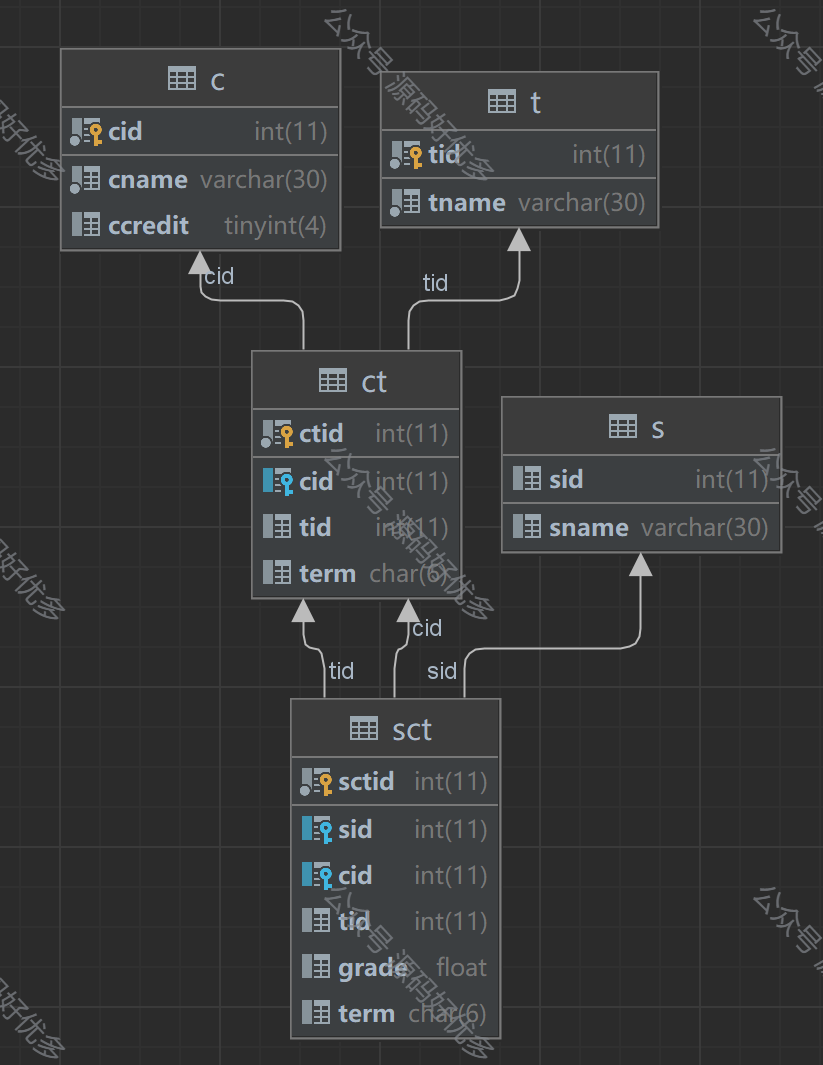实现自动化渗透测试和安全工具的开发涉及多个编程语言和脚本编写技术。以下是一个高层次的指南,包括所需技能、工具、以及一个基本的示例框架,用于展示如何开始这一过程。所需技能编程语言:Python:因其丰富的库和社区支持,在渗透测试和安全工具开发中非常流行。Bash/Shell:用于编写脚本,特别是在Linux环境中自动化任务。Perl/Ruby/Go:有时也用于特定任务。网络和安全知识:TCP/IP协议栈。常见的漏洞类型(如SQL注入、XSS、缓冲区溢出等)。安全工具的使用(如Nmap、Metasploit、Wireshark)。编程概念:面向对象编程(OOP)。并发和多线程。异常处理。工具和技术Python库:requests:用于HTTP请求。scapy:用于网络数据包操作。paramiko:用于SSH连接。sqlmap:用于SQL注入测试(尽管它本身是一个独立工具,但可以通过Python调用)。自动化工具:Selenium:用于Web应用的自动化测试。Ansible:用于配置管理和部署。基本示例框架以下是一个简单的Python示例,用于扫描一个IP地址范围内的开放端口,并尝试使用SSH登录。
安装依赖bash复制代码pip install nmap python-nmap paramikoPython
脚本python复制代码
import nmapimport paramiko def scan_ports(host, port_range=‘1-1024’): nm = nmap.PortScanner() nm.scan(hosts=host, arguments=’-p ’ + port_range) open_ports = [(x, nm[host][‘tcp’][x][‘state’]) for x in nm[host][‘tcp’].keys() if nm[host][‘tcp’][x][‘state’] == ‘open’] return open_ports def ssh_login(host, port, username, password): ssh = paramiko.SSHClient() ssh.set_missing_host_key_policy(paramiko.AutoAddPolicy()) try: ssh.connect(hostname=host, port=port, username=username, password=password) print(f"Successfully logged into {host}:{port} with {username}") ssh.close() return True except paramiko.AuthenticationException: print(f"Authentication failed for {host}:{port} with {username}") return False except Exception as e: print(f"Could not connect to {host}:{port}. Error: {e}") return False def main(): target_ip_range = “192.168.1.1-10” # 修改为你的目标IP范围 username = “admin” # 修改为你要尝试的用户名 password = “password” # 修改为你要尝试的密码 for ip in range(1, 255): # 简单示例,只扫描最后一个八位位组的变化 ip_address = f"192.168.1.{ip}" if ip_address.startswith(target_ip_range.split(’-’)[0].split(’.’)[:3][0]): print(f"Scanning {ip_address}…") open_ports = scan_ports(ip_address) for port, state in open_ports: if int(port) == 22: # 检查SSH端口 print(f"Found open SSH port on {ip_address}:{port}") if ssh_login(ip_address, port, username, password): print(f"CRITICAL: {ip_address}:{port} is vulnerable to SSH brute force!") if name == “main”: main()注意事项法律和道德:确保你在合法的授权和许可下执行渗透测试。错误处理:在实际应用中,添加更多的错误处理和日志记录。安全性:不要硬编码敏感信息(如密码),使用环境变量或配置文件。
性能优化:对于大规模扫描,考虑使用多线程或分布式扫描。进阶学习学习如何使用API进行更复杂的渗透测试(如AWS、Azure的API)。
学习如何编写自定义的漏洞利用代码(Exploit Development)。了解如何整合SIEM(Security Information and Event Management)系统。通过不断学习和实践,你可以逐步提升自己的渗透测试和安全工具开发能力。



















